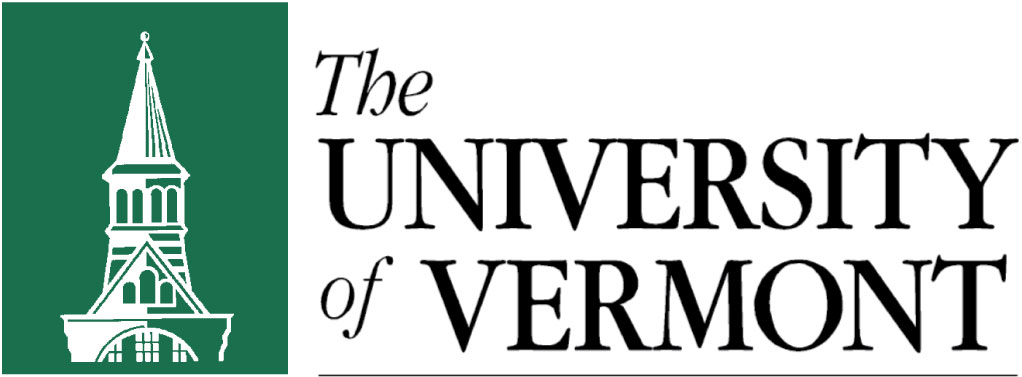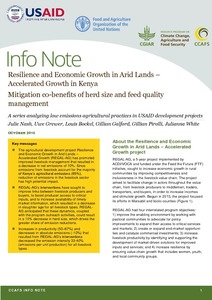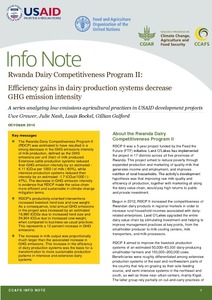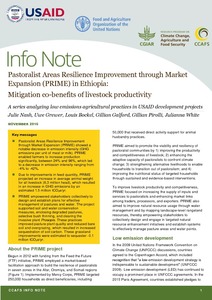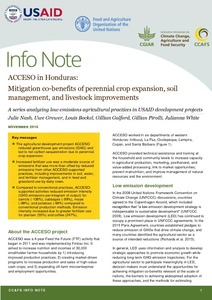Location
The University of Vermont (UVM), officially The University of Vermont and State Agricultural College, is a public research university and, since 1862, the sole land-grant university in the U.S. state of Vermont. Founded in 1791, UVM is among the oldest universities in the United States and is the fifth institution of higher education established in the New England region of the U.S. northeast. It is also listed as one of the original eight "Public Ivy" institutions in the United States.
The university is incorporated in the city of Burlington–Vermont's most populous municipality. The campus' Dudley H. Davis Center was the first student center in the country to receive a Leadership in Energy and Environmental Design (LEED) Gold certification.
Source: Wikipedia (d.d. November 13th 2017)
Members:
Resources
Displaying 1 - 4 of 4Resilience and Economic Growth in Arid Lands - Accelerated Growth in Kenya: Mitigation co-benefits of herd size and feed quality management
The agricultural development project Resilience and Economic Growth in Arid Lands – Accelerated Growth (REGAL-AG) has promoted improved livestock management that resulted in a decrease in net emissions of 10%. Since emissions from livestock account for the majority of Kenya’s agricultural emissions (95%), reduction of emissions in the livestock sector has high potential impact.
Rwanda Dairy Competitiveness Program II: Efficiency gains in dairy production systems decrease GHG emission intensity
? The Rwanda Dairy Competitiveness Program II
(RDCP) was estimated to have resulted in a
strong decrease in the GHG emissions intensity
of milk production, defined as the GHG
emissions per unit (liter) of milk produced.
Extensive cattle production systems reduced
their GHG emission intensity by an estimated -
4.11 tCO2e per 1000 l of milk (-60%), while
intensive production systems reduced their
intensity by an estimated -1.7 tCO2e/1000 l (-
47%). The decrease in GHG emission intensity
Pastoralist Areas Resilience Improvement through Market Expansion (PRIME) in Ethiopia: Mitigation co-benefits of livestock productivity
Pastoralist Areas Resilience Improvement
through Market Expansion (PRIME) showed a
notable decrease in emission intensity (GHG
emissions per unit of meat or milk). PRIME
enabled farmers to increase production
significantly, between 24% and 96%, which led
to a decrease in emission intensity ranging from
-4% to -42%.
? Due to improvements in feed quantity, PRIME
projected an increase in average animal weight
for all livestock (8.3 million head), which resulted
in an increase in GHG emissions by an
ACCESO in Honduras: Mitigation co-benefits of perennial crop expansion, soil management, and livestock improvements
The agricultural development project ACCESO
reduced greenhouse gas emissions (GHG) and
led to net carbon sequestration due to perennial
crop expansion.
? Increased fertilizer use was a moderate source
of emissions that was more than offset by
reduced emissions from other ACCESOsupported
practices, including improvements in
soil, water, and fertilizer management, and in
feed and grassland use by dairy cows.
? Compared to conventional practices, ACCESOsupported
activities reduced emission intensity

